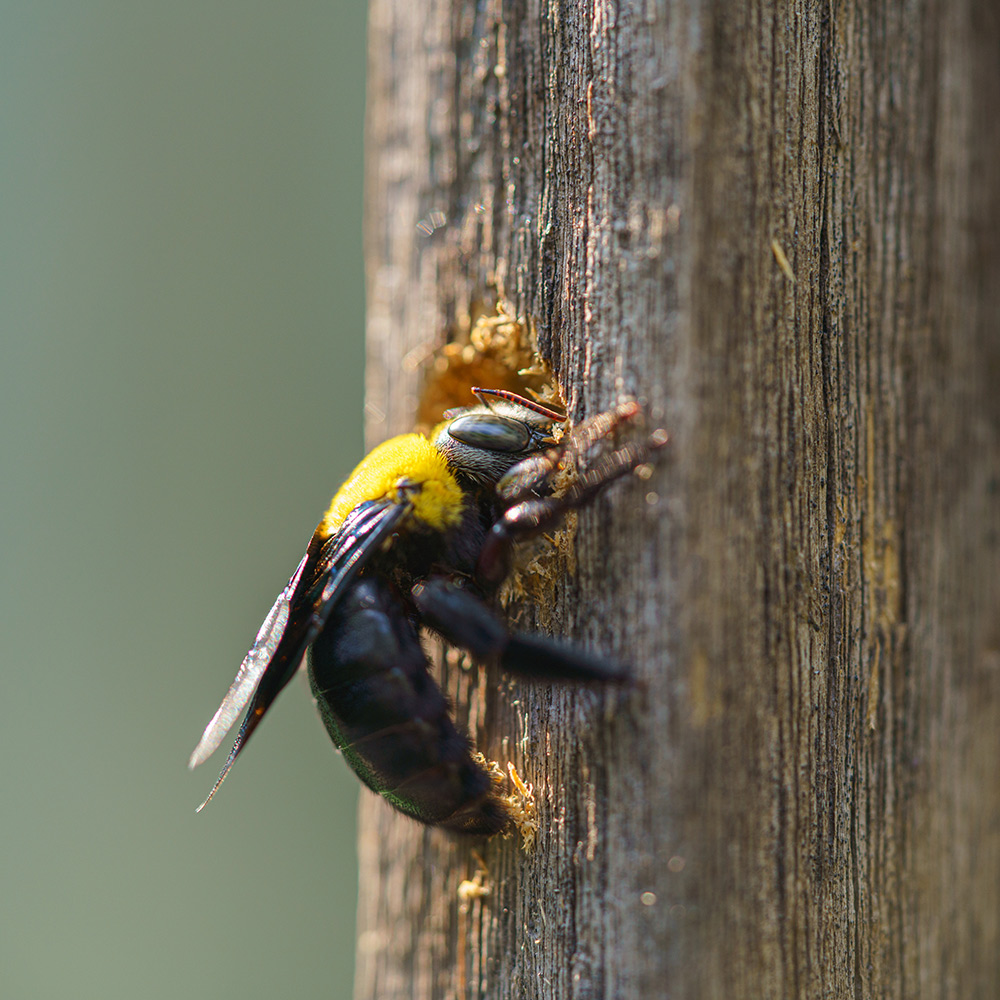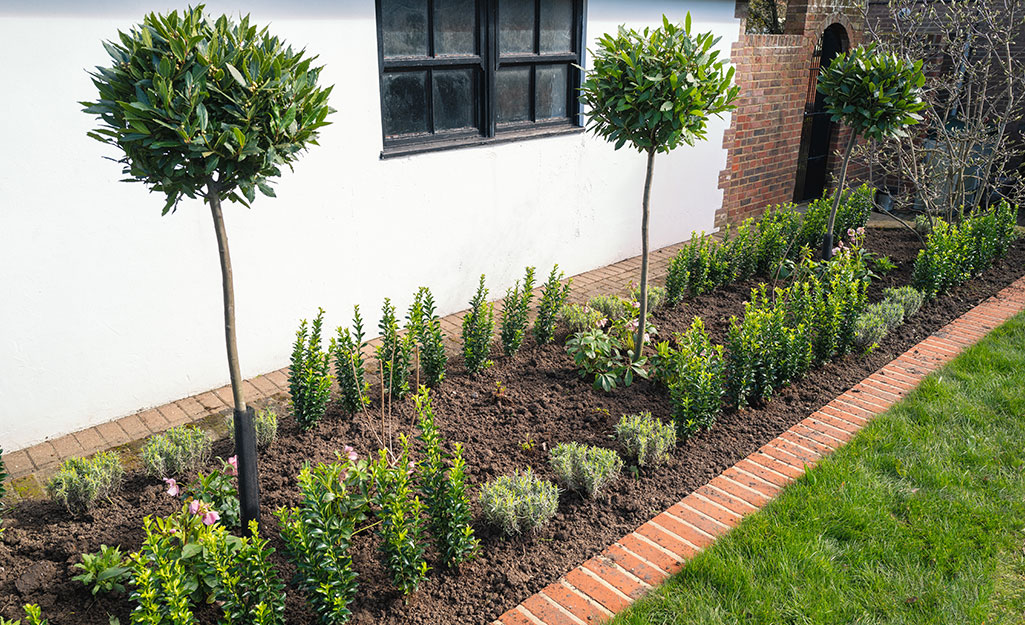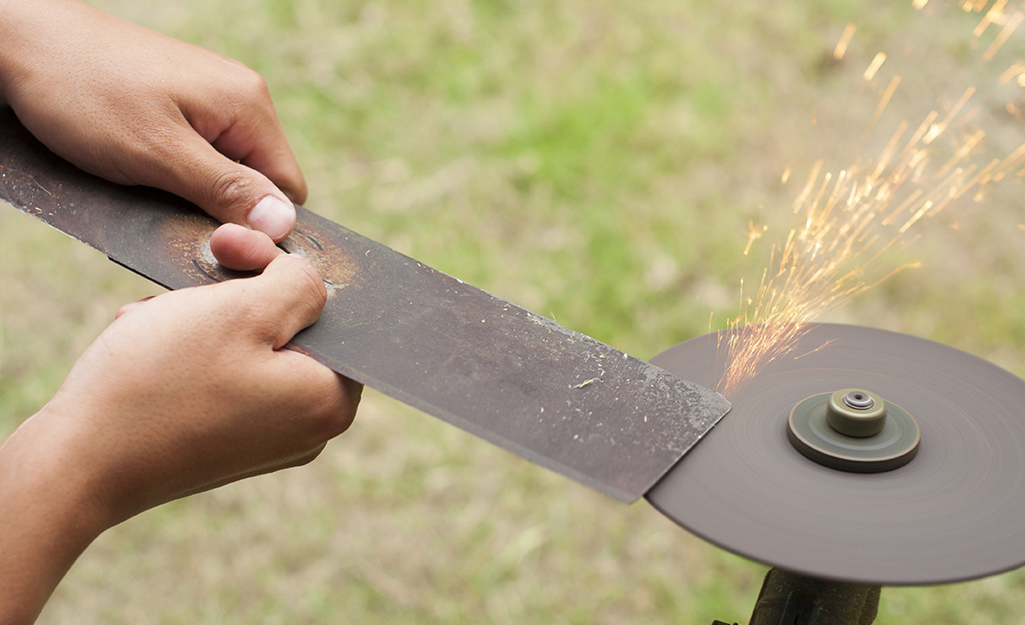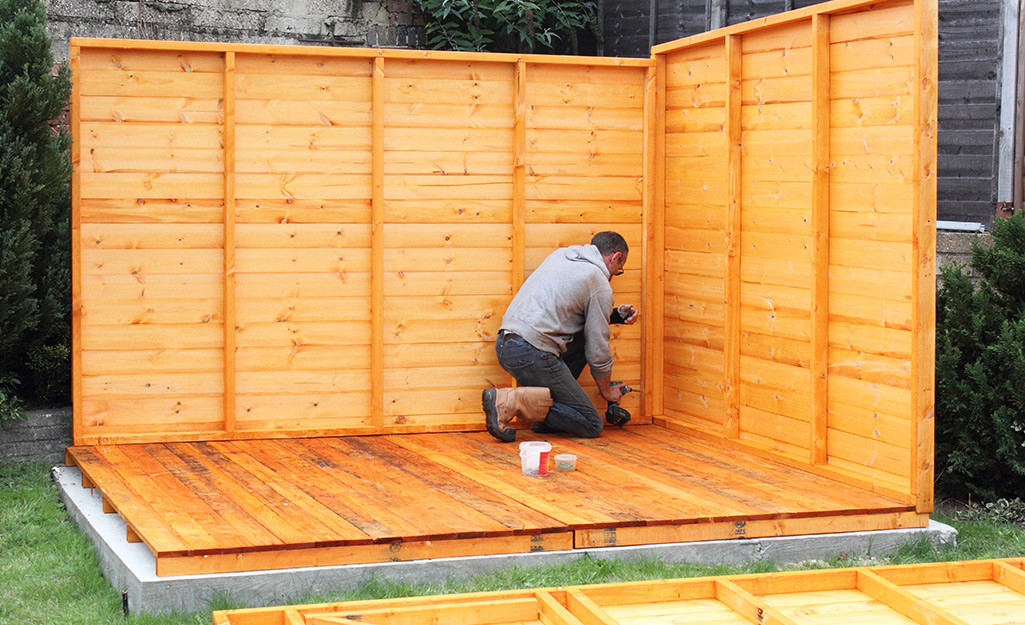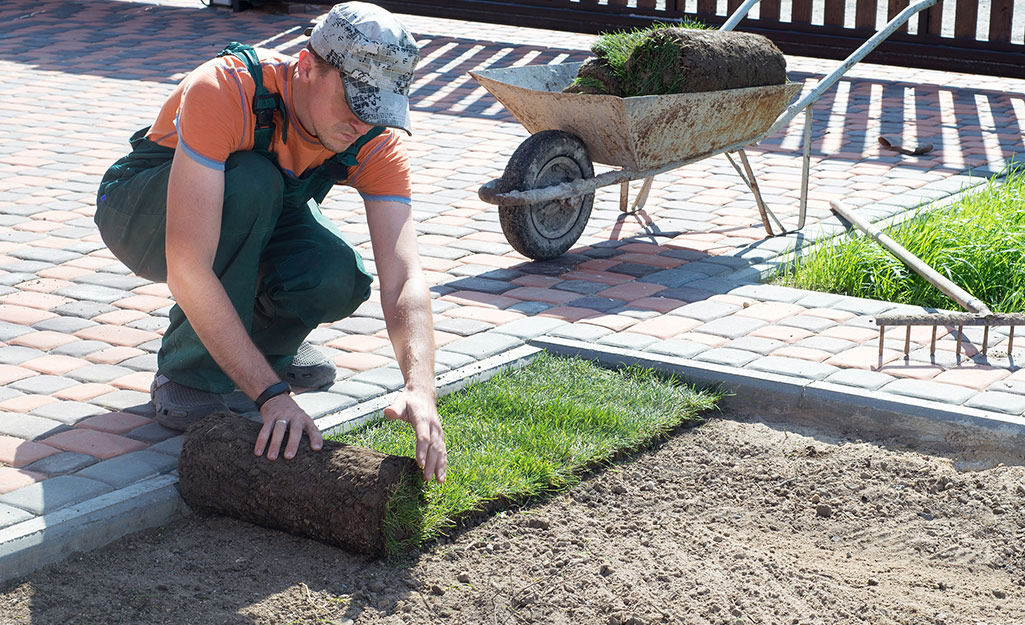
Do you have what you need to make your garden grow?


Garden Center
Store Hours
Mon-Sat:
6:00am - 9:00pm
Sun:
8:00am - 8:00pm
Curbside:
09:00am - 6:00pm
Location
Shop Christmas and Garden Supplies Near You
Shop Trending Winter Plants
Garden Project Calculators
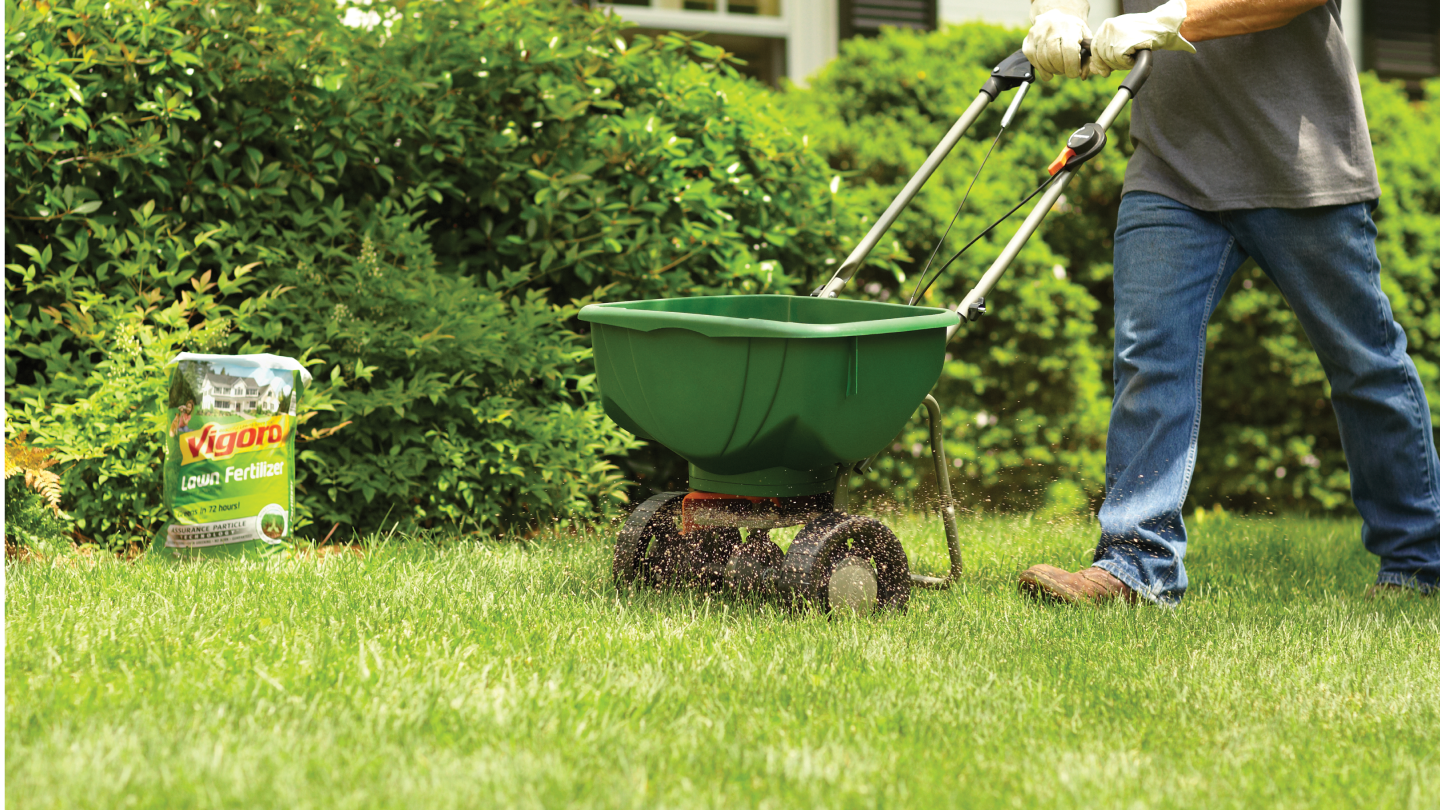;Resize=(703,395.44))
Grass Seed Calculator
When you're ready to seed your lawn, our calculator helps you estimate the amount of grass seed you'll need to get the job done.
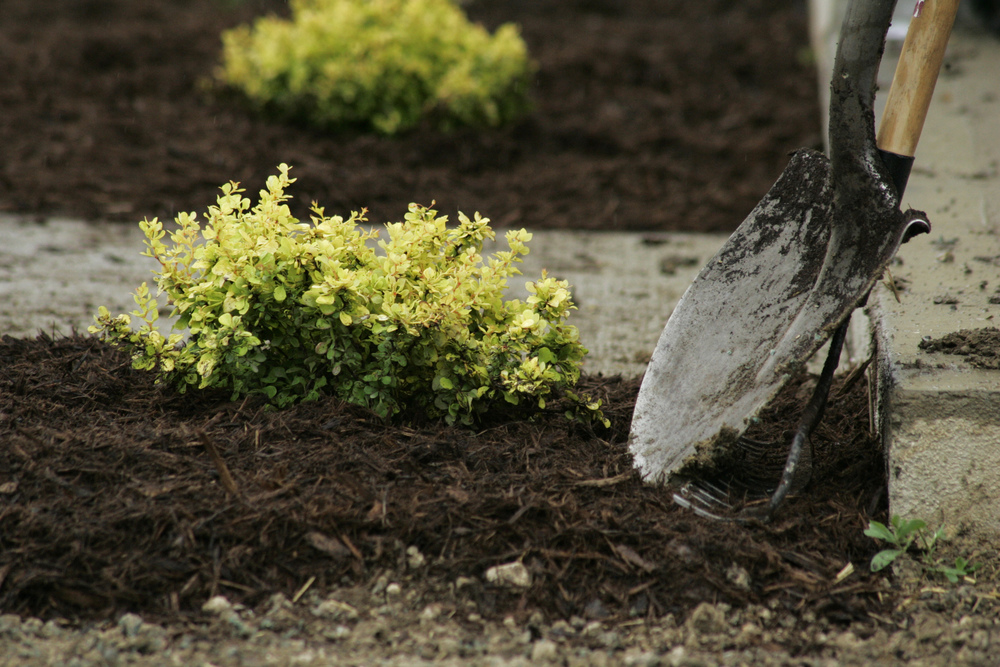;Resize=(703,395.44))
Mulch Calculator
Enter your preferred material, the square footage and mulch depth of the coverage space for accurate results.
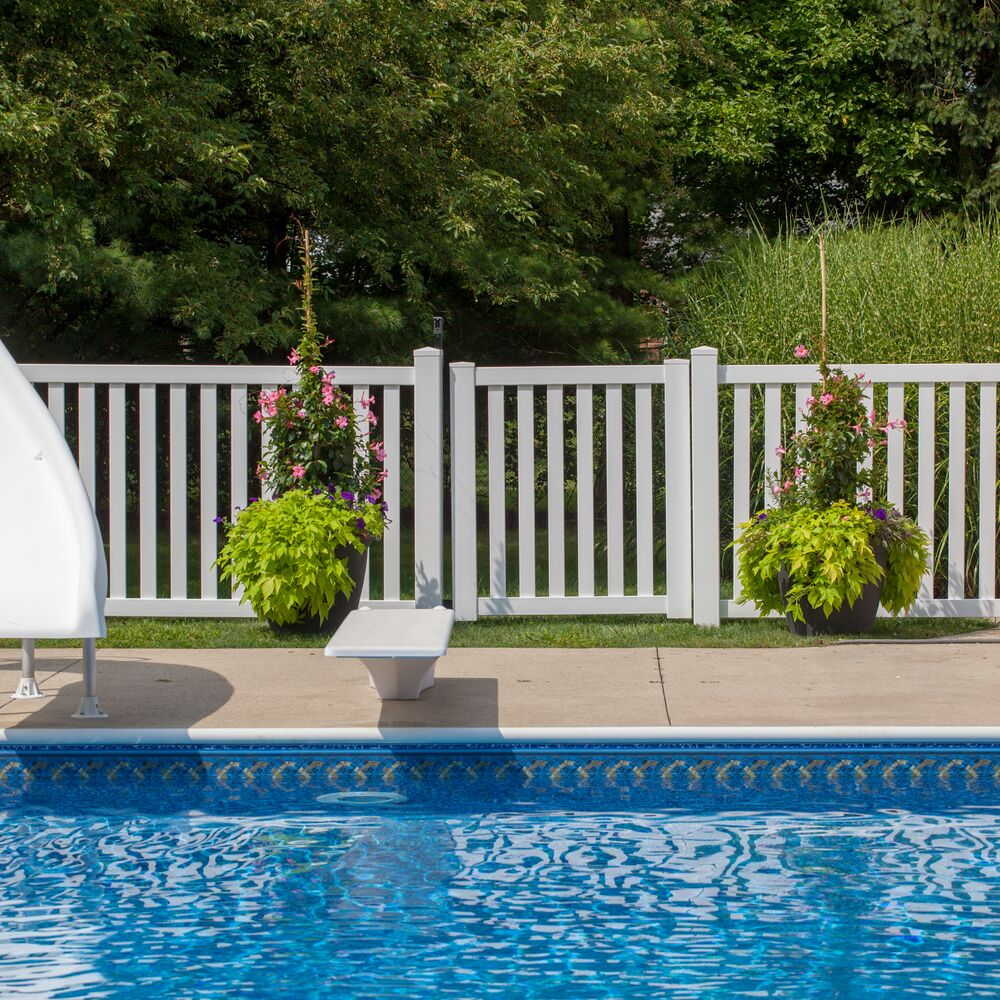;Resize=(703,395.44))
Fencing Calculator
We'll calculate the amount of fencing you should purchase based on your property needs.
Shop Outdoor and Garden Brands
Frequently Asked Questions About Gardening
How do I harvest my produce when it's ready?
To pick your produce, push aside any leaves and pinch the stem just above the veggie. Hold the stem tightly with two or three fingers, then with your dominant hand, rotate the vegetable until it falls off into your hand. Repeat until you've harvested as much as you'd like. After you've rinsed your bounty clean of dirt, enjoy it while it's still warm from the sun.
How can I use downed tree trunks and branches after tree removal?
A wood chipper makes tiny wood chips, while a wood splitter leaves you with more manageable chunks of wood. After pruning bushes and trees with hedge trimmers or a gas chainsaw, clean up the debris in a wood chipper. If your trees are healthy, the chopped wood and bark chips make mulch that you can spread around your fall flowers and plants. If you removed a tree, you can either get a splitting maul or a log splitter to break up the wood into smaller pieces. A wood splitter is quicker and a wise investment if you're doing a vast amount of tree cleanup, and bigger is better here.
Is it better to use a leaf blower or rake on fall leaves?
If you'd prefer to use power tools to keep fallen leaves under control, shop our leaf blowers. Electric versions come as cordless or corded leaf blowers. We've also got handheld, walk-behind, and backpack leaf blower models. Leaf vacuums, vacuum-mulcher combo units, or rakes are additional options. Let the gathered leaves turn into mulch and enrich your soil or fill up leaf bags and take them out to the curb.
How do I store my a chainsaw for the winter?
To maintain outdoor power equipment, clean it before you store it. Check your owner's manual or the manufacturer's website for info on caring for a specific tool. For battery-powered tools, store the batteries in a dry place that won't let them freeze, if possible. Idle gas tools until they sputter dry and then change the oil. Your tools will last longer when care for them, saving you money and time.
How do I prepare outdoor spigots for winter?
Prepare for freezing temps by covering outside faucets with faucet covers. Winterizing the hose bibb can be put off until watering the garden or washing the car is done for the year, but don't wait until the temps drop into the 40s. With all hoses disconnected, turn off the indoor valves that control the spigots, then run the water until it stops. If you have in-ground sprinklers or an irrigation system, drain those as well as per the manufacturer's instructions. You may need an air compressor to get out every last drop of water. While you're at it, get a pool vacuum and pool cover and winterize your swimming pool, too.
What tools do I need for snow removal?
In climates where it gets cold and snowy, early fall is the time to prepare your snow removal tools. Snow blowers are great, but keep a snow shovel or two to chip away ice patches and clear trouble spots. Find one-, two-, and three-stage snow blowers in electric and gas options. Rock salt and ice melt can clear walkways with less effort and help keep you safer when you make quick trips to the mailbox. Prepare now before the snow starts falling.
Garden Project Ideas
The Home Depot Garden Center at Sw Greenville
Fall is a different time for your garden and lawn, so get out your work gloves, pole saws, pruners, and chainsaws. The focus shifts from growing to harvesting, from upkeep to cleanup. We've got fall lawn tips to help you make the most of your landscaping and garden as the season ends. We'll also guide you through harvest and planting. Depending on your climate, you might be able to garden throughout the chillier months. Read on for more on fall lawn and garden maintenance.
Patch or Fertilize Your Lawn
Patch up bald spots on your lawn by spreading fresh grass seed. Cooler weather is a great time to fill in dead or brown places in your yard. However, be mindful of fallen leaves on freshly seeded areas. New grass seed needs water, air, and sun to grow, and leaf litter can block out the air and sunlight it needs to germinate.
If you're in a northern climate, prepare your cool-season grass for the fall with lawn fertilizer. Aerate your lawn before adding fertilizer to get the most bang for your buck. An edger gives extra polish to the perimeter of your yard. Water your cool-season lawn regularly and tend to any weeds that show up. Warm-season varieties, like those in the southern states, are winding down their growth for the year. It's better not to fertilize it now, as you don't want fresh grass growing right before it goes dormant. Taper down watering on warm-season lawns.
Fall Gardening
Many colorful fall flowers are annuals, like marigolds, so they last until the end of the year. Hardier plants, like pansies and chrysanthemums, should return in the spring. Always check the plant tag for info. If you want your mums to grow back next year, the label should call them chrysanthemum morifolium, hardy mums, or garden mums. If it says they're an annual or florist mum, you'll need to replant next year.
Shrubs and succulents put on a show of flowers in the fall, especially if they're kept in pots or strongly rooted in the ground. Succulent planters allow for easier upkeep of sensitive succulents. You can customize the soil to fit these desert plants, as they need a sandy succulent soil mixture.
For shrubs, look after the ones you've got or plant new ones, weather permitting. Get in new plants now, especially if you're in a warmer climate and have time before the frost and cold comes. If you use retaining wall blocks to surround or accent your garden, try giving a finished look with rubber mulch. It'll overwinter just fine and look new longer than bark chips or other mulches that fade with weathering.
Cut and Cover Perennials
In climates where you might have a cold snap and then warm up above freezing again, cover your plants. Protect your garden from freeze and frost damage to extend their season. You can get extra life out of your garden by covering your plants with 5-gallon buckets, tarps, or even painting drop cloths. It'll warm your plants like a blanket or greenhouse, and they'll survive a frost.
This works well early on, until you're fully into the colder parts of the season. Uncover the plants in the morning when the thermometer goes up again and let them enjoy that autumn sun. Once the temperatures regularly dip below freezing, bid a fond farewell to the garden for the winter.
Put the Garden to Bed
When the sun angle changes and your annuals start looking rougher, dig up the plants. Northern climates that get cold earlier in the fall might be putting the garden to bed for the season in October or November, while warmer climates might wait until November or December. After your vegetable plants have yielded a final harvest, dig them up, then chop and dispose of the detritus, or dead plant debris. You can let them return their nutrients to the soil, but there are two exceptions: if your plants dealt with disease or if you had a slug problem.
For gardens overrun with snails and slugs or if your plants struggled with disease, put the expired plants in a yard waste bag and dispose of them. You don't want to bring the disease or snails to next year's garden. However, if you have a compost pile in the corner of the yard, feel free to add the slug-riddled plant parts there.
After you've removed the old plants, you've got a clean slate. Prepare your garden bed for the spring by rotating the soil with a rototiller or shovel. You want to send the topsoil down, bring up the deeper soil, and loosen the earth. It helps nutrients penetrate and lets the soil rest. It's also an excellent opportunity to test the soil and see what, if any, soil amendments you need. Different crops and plants use different nutrients. Test your soil to see if it's balanced or if you ought to restore certain nutrients that have been depleted.
Indoor Gardening
Gardeners with potted plants can extend their growing season by bringing delicate plants indoors to a sunny window. Indoor gardening allows both outdoor plants to live longer and indoor plants to bring joy into your home. Just turn them regularly to give all leaves equal sunlight for photosynthesis, and make sure they get enough water now that they won't benefit from rainfall. If the pots don't have built-in overflow dishes, be sure to add shallow bowls beneath them to catch any extra water.
Warm the Outdoors with a Patio Heater
Stretch out your fall evenings with an outdoor fireplace, patio heater, or fire pit to take off the chill. No matter if you're looking to heat a small patio, a cozy back porch, or a spacious deck, we've got options. All you have to do is find the one that matches your decor style.
When you're curious about how to build an outdoor fire pit or fireplace, we have the supplies you need. We carry brick pavers, mortar, a wheelbarrow, trowels, and more. Let us help you get this fall project done. If you'd love some extra heat but would rather not install a gas fire pit or fireplace, we also have patio heaters, including gas, propane, and electric models.
Ease Into Fall
This fall, tidy up your lawn and garden with us. We've got everything you need for leaf cleanup, putting the garden to bed, and replenishing nutrients in your soil so it's ready for next spring. Shop our wide variety of fall garden care and outdoor living products online, in your local store, or in our mobile app.
Nearby Stores
Find Another Store
79 Woodruff Industrial Ln
Greenville, SC 29607
4.25 mi
Mon-Sat: 6:00am - 9:00pm
Sun: 8:00am - 8:00pm
2490 N Pleasantburg Dr
Greenville, SC 29609
6.28 mi
Mon-Sat: 6:00am - 9:00pm
Sun: 8:00am - 8:00pm
669 Fairview Road
Simpsonville, SC 29680
9.33 mi
Mon-Sat: 6:00am - 9:00pm
Sun: 8:00am - 8:00pm
)
)
)
;Resize=(300,300))
;Resize=(300,300))
;Resize=(300,300))
/SD420_Kitchen_Indoor%20Herb%20Garden_306690586_MF_Product%20Image%20(square).jpg?im=Resize=(300,300))
;Resize=(300,300))
;Resize=(300,300))
)
;Resize=(300,300))
/15HOL_WHIM_G_065_Social%20media%20(square).jpg?im=Resize=(300,300))
)
)
;Resize=(300,300))
)
;Resize=(300,300))
)
)
;Resize=(300,300))
;Resize=(300,300))
)
)
.jpeg?im=Crop,rect=(363.69230769230774,1.2307692307692308,958.7692307692308,958.7692307692308);Resize=(300,300))
;Resize=(300,300))
;Resize=(300,300))
;Resize=(300,300))
)
)
)
)
)
)
;Resize=(300,300))
)
)
;Resize=(300,300))
;Resize=(300,300))
)
;Resize=(300,300))
;Resize=(300,300))
;Resize=(300,300))
;Resize=(300,300))
;Resize=(300,300))
;Resize=(300,300))
;Resize=(300,300))
;Resize=(300,300))
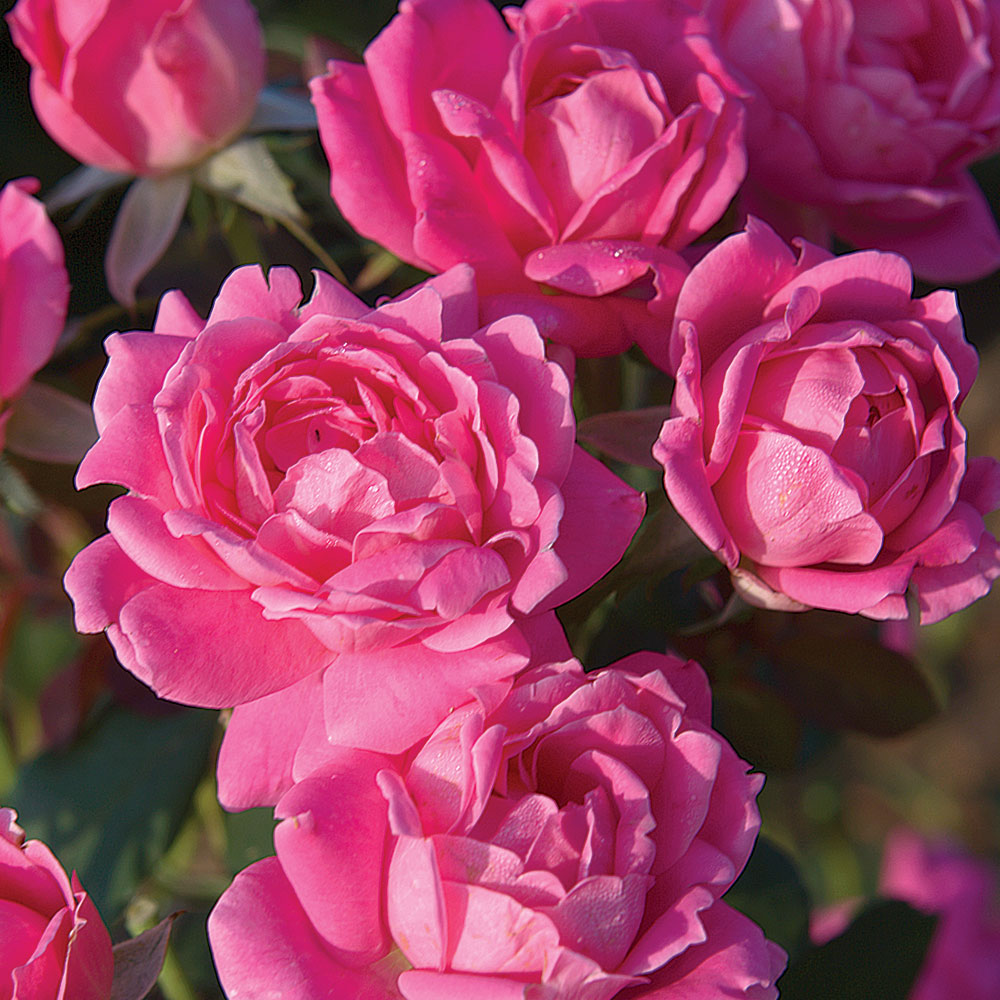)
)
)
;Resize=(300,300))
;Resize=(300,300))
)
)
)
)
)
)
)
;Resize=(300,300))















